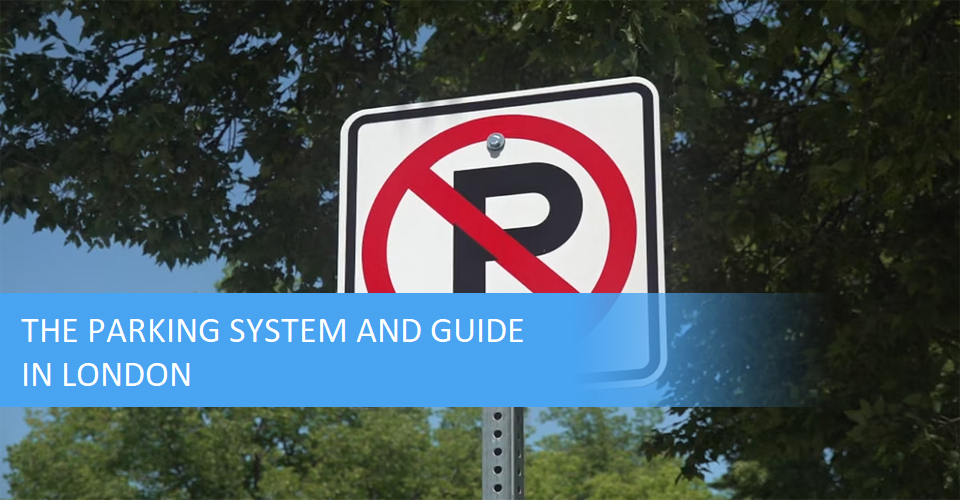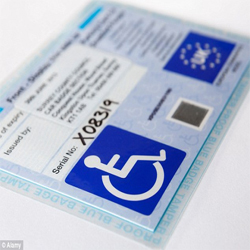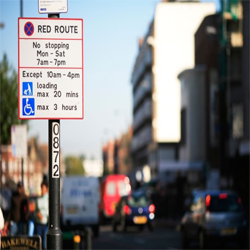London’s Parking System and Regulations (2023 Update)

Parking is the act of stopping your car in a parking space or, if permitted, on a single red line. Parking spaces are required for the red route to operate because they allow parking to be controlled.
In London, it is illegal to block the sidewalk, and you should avoid doing so unless signs specifically permit it. Parking on the sidewalk can significantly obstruct and annoy people who are trying to walk, use wheelchairs or pushchairs, or have vision impairments.
When there is a “clearway” or “no stopping” sign, no stopping is permitted, not even to drop someone off. A driver may stop briefly at a “no waiting” or “no parking” sign to let a passenger out or unload cargo, but they may not stop for an extended period. The best and safest option is to park in a designated area, which can be in a parking lot or by the side of the road. They were designed specifically to provide more secure parking spaces, which are frequently monitored by CCTV and conveniently located near neighbourhood amenities. These are distinguished by a large white “P” against a blue background.
Your Guide to Where You Can and Can’t Park Your Vehicle
1. Red Route

This is especially crucial in these places to ensure that public transportation runs relatively smoothly and that emergency vehicles can pass through unhindered in case of an emergency.
London’s red lanes were first implemented in 1929 to help with traffic congestion. Despite accounting for only 5% of London’s motorways, red routes carry up to 30% of the city’s traffic. Red routes ensure that necessary deliveries and journeys can be made safely to keep the city running while also easing traffic congestion.
Vehicle stops are not permitted on the red route clearways at any time. Except for a few roundabouts and intersections, they are open 24 hours a day, 365 days a year, and are not outlined by red lines. On the red route, bus stops and stands have a double or wide red line with yellow lines surrounding the box. Taxis and other private-hire cars are not permitted to stop at bus stops with wide red lines.
2. Parking for Blue Badge Holders

Parking is permitted all day if the space has a white dotted line and a red dot. However, you should pay attention to the signs to determine the maximum duration restriction that is permissible.
Parking restrictions usually occur from 8:00 a.m. to 6:00 p.m., Monday through Saturday. Check the signage for specific information about parking restrictions on each road.
Disabled blue badge holders are allowed to pick up and set down disabled passengers on the red route double red lines, while licenced taxis are allowed to drop off and pick up passengers on the red route double red lines.
3. Single Red Line
Single Red Lines can be used by vehicles to stop for a certain duration of time.
To use Single Red Lines, look out for a sign/notice near these lines which will provide information about when and for how long a vehicle can use Single Red Line for the purpose of stopping.
4. Double Red Line
Double Red Lines are operational at all times for the entire duration of the year without any breaks and the requirement of a time plate (sign) does not apply to them.
5. Red Route Signs

It is not permitted to halt on a red route clearway on the main road, the verge, or the footpath, unlike rural roads where a 24-hour clearway is in effect.
Vehicles approaching from Side Junction to Red Route Region can clearly see the red junction lines, which will be an indicator for them that they have just entered a red route area.
Enforcement of the Law
Local governments manage only a small portion of the roads marked with painted red lines; the vast majority are under TfL’s jurisdiction (Transport for London). The government intends to deter all drivers from breaking the law to ensure that parking spaces are properly utilised and kept clear of parked automobiles during periods of heavy traffic.
According to Rule 244 of the Highway Code, you cannot park entirely or partially on the sidewalk in London, and you should avoid doing so elsewhere unless signs permit it.
If you park illegally on someone else’s property, you will be issued a Parking Charge Notice. You should always be on the lookout for parking restriction signs because privately owned parking lots are allowed to set their own rules and penalties.
Penalty Charge Notice

Penalty charge notifications, also known as parking fines in Scotland, can be issued by Civil Enforcement Officers (in England and Wales) or Parking Attendants. There is no set price; instead, it varies depending on where you buy your ticket, with London frequently charging more. Payment terms are normally 28 days, but if you pay within the first 14 days, you may receive a 50% discount.
If a PCN recipient wishes, they may file a protest with the council right away. 20% to 30% of all PCNs are frequently cancelled after councils have taken into account any concerns expressed in various media. Second, the keeper may provide official arguments after the Notice to the Owner is issued, which is normally mailed to the driver 28 days after the penalty charge notice is issued.
Conclusion
If a parking space along a red route is marked with a red dotted line, it can be used if it is accessible outside of peak traffic hours. Red route parking spaces should have vertical signage that faces oncoming traffic and specifies the rules that apply to each bay. Peak traffic periods, on the other hand, can vary from region to region and even from road to road.
Some allow loading and unloading, while others only permit short-term free parking. The limits are indicated by signs in the area. Keep an eye out for indicators. If you don’t follow the rules, be prepared to face charges. Drivers who disobey the regulations prohibiting them from stopping in a red route double red line area or who do so within the timeframes stipulated on signage are issued Penalty Charge Notices (PCN). Every red route law is strictly enforced, and CCTV alone is used to administer thousands of PCN each year.
For more articles similar to this, visit our website at Transport Executive.

